What is an EHR Integrated Health System?
Electronic Health Records or EHR means a digital version of maintaining patients’. The EHR system provides a broad view of all the information about the patient’s care. EHR systems are largely being used for developing integrated health systems. Integrated healthcare simply refers to sharing patient data such as medical records, medications, and test results from one electronic system to another. Integrated health collects data and gives insights using digital health tools to supply relevant information, alerts, and financial and operational guidance at the point of care. It also includes clinical data analytics and pharmacy management. Integrated healthcare solutions help providers to adopt integrated healthcare. The primary purpose of healthcare integration is to create integrated care systems for patients from various healthcare professionals. An integrated health care system is a useful tool for addressing multiple health concerns of patients. So, what is the primary goal of integrated healthcare delivery systems? It ensures that integrated healthcare delivery systems are cost-effective, have a high quality, and are available in appropriate settings. Integrated care delivery is centered on different primary care physicians. EHR integration is significant for enhancing care coordination and multiple areas of integrated health. Integrated care program allows patients to have easy access to their health records. As a result, they become more proactive about their treatment plans through an integrated healthcare delivery system. Thus, integrated healthcare solutions benefit healthcare providers as well as patients.
Integrated Healthcare Applications
Integrated systems definition: can be stated as the process of incorporating many individual sub-systems as combined into a single all-encompassing large system. Integrated health solutions utilize system integration, and integrations are achieved in the healthcare sector and government levels.
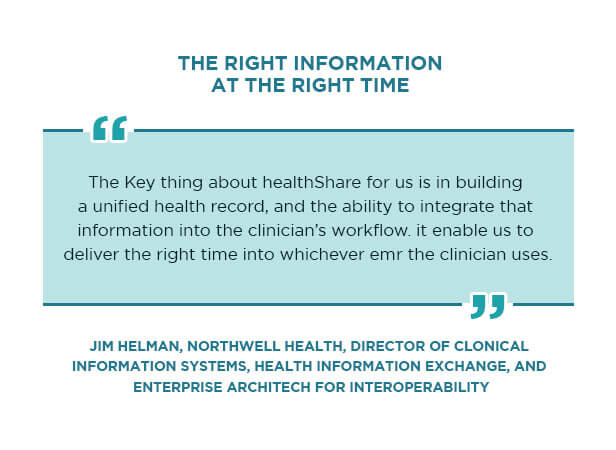
Federalism in healthcare: The state and national governments may have disagreements in this regard. As a result, they may divide the power for dealing with integrated care systems.
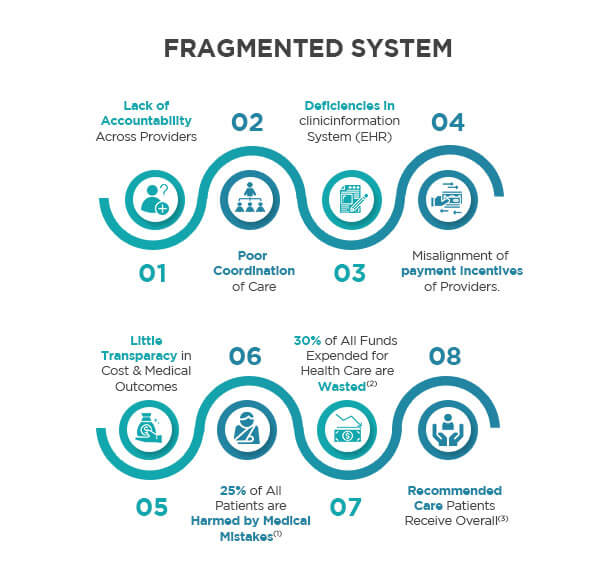
- The division and sharing of power between state and national governments is the principle of federalism. This may lead to a fragmented healthcare system, which refers to a systemic misalignment of incentives, or a lack of coordination, affecting the efficient allocation of resources.
- It may also reduce the efficacy of care provided to patients.
- A fragmented healthcare system adversely impacts healthcare quality, cost, and outcomes. Integrated Delivery System (IDS) is a network of integrated health systems operated by a parent holding company.
- IDSs are known to align incentives and resources better than most healthcare delivery systems. They are able to implement effective medical records management and healthcare revenue strategies.
Healthcare integration strategies: There are two main types of integrated healthcare strategies: horizontal and vertical.
- Horizontal integration refers to the coordination of activities across operating units at the same stage in the process of care delivery.
- Vertically integrated systems imply the coordination of services among operating units at different stages of delivering care services to patients.
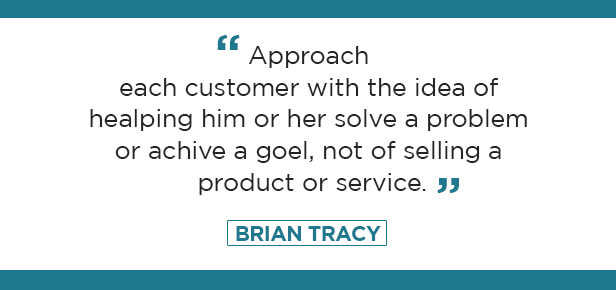
Subsystems and Applications: Integrated healthcare systems enable the functioning of multiple subsystems together.
- One principle for successful technology integration is to use different applications and platforms and ensure they are user-friendly and accessible.
- A list of integrated care delivery systems includes Highmark Health, Mayo Clinic, Cleveland Clinic, Geisinger Health System, Jefferson Health, and Intermountain Healthcare.
- Healthcare integration platforms assist healthcare organizations in ensuring data security and adherence to HIPAA compliance.
- Integrated health solutions employ online applications like telehealth, also known as telemedicine.
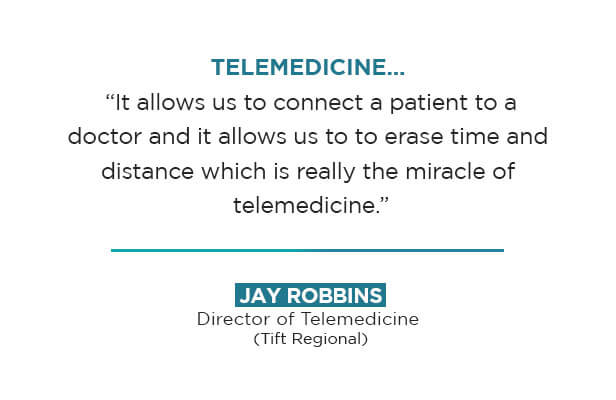
- The end-users are able to access integrated care services through these systems promoting a seamless key carry mechanism. Telehealth is a popular application developed for integrated health solutions. It delivers and stimulates healthcare systems and integrated health solutions such as medicare, provider and patient data, health informatics, healthcare analytics solutions, and healthcare automation through telecommunication and digital networks.
- Many technologies have been developed for promoting telehealth services, such as mHealth (or mobile health), video and audio technologies, and remote patient monitoring (RPM). mHealth or mobile health is a type of healthcare application that patients can access on their smartphones, tablets, or laptops. This program allows patients to track their health reports and test results, schedule appointments and receive reminders, and share data with clinicians. DSS Inc. and CareAware Connect are some examples of mHealth applications.
- The use of such integrated health solutions can be better understood through a case study.
Case Study:

A healthcare company needed to deliver accurate and on-time claims processing services. This process was accompanied by many technical issues related to medical billing and repricing. Their one-off solutions and manual processes did not work effectively in dealing with these issues, and the company lacked a sustainable integrated care model. Other issues were that the firm faced high costs and a slow response time.
The company took the help of a third-party system that suggested integrated health solutions for processing claims, determining eligibility, and interfacing with payers. There were two primary subsets of interfaces, namely EDI 834 and EDI 837 inbound and outbound accumulators, where EDI stands for electronic data interchange. The inbound EDI 837 transactions were loaded onto the EDI platform for conducting data transformations. Later, these were uploaded to the third-party system for allowing integrated healthcare and payment processing with payers. The process was the reverse in the outbound transactions. The resultant payer EDI files were extracted from the third-party system, and reports were generated that were sent to the firm. The company had a large influx of growing databases with EDI data arriving daily having different formats. It was essential to eliminate manual processes and improve the efficiency of revenue cycle integration through integrated health solutions. The chosen integration solution was able to address the complexity and issues inherent in X12 EDI data integration. Integrated health solutions support major healthcare standards and sources like EDI, NCPDP, HL7 interface, CDA, FHIR, and XML. Integrated systems management also provides support to any new HL7 standards. Integrated healthcare management helps to resolve issues with X12 EDI 834, EDI 837, and NCPDP and ensures data quality and quick electronic data exchange. The effective healthcare implementation included a configuration promoting an effective user interface and consistent approach. Such integrated care solutions ensured that data reusability could be leveraged, a feature that was built into the process. Effective health solutions can resolve any complicated problems in a customer’s database, irrespective of the data type or sources.
Integration of Health Level 7 (HL7) Interface
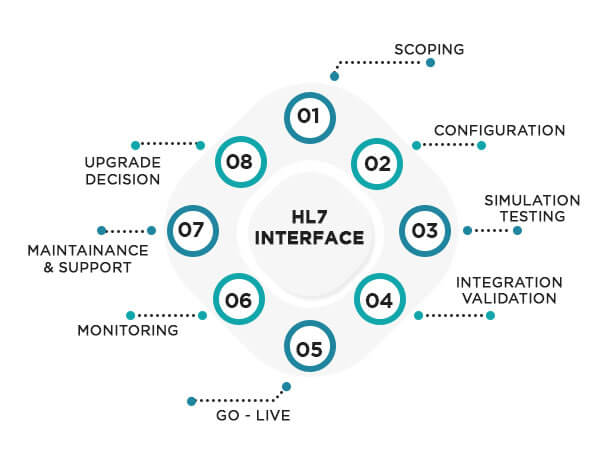
HL7 is one of the most significant international healthcare industry standards, apart from cloud computing in healthcare. It is used for health resource integration and communicating patient information between entities in the healthcare industry. HL7 standards regulate the exchange, integration, sharing, and retrieval of electronic health data. HL7 interface is an essential component of an integrated healthcare information system. HL7 integration is the procedure or software solution that processes electronic data such that the provider or software system on the receiving end can interpret the data. Healthcare interoperability is not the only concern while implementing healthcare integration. Integration of the HL7 interface is associated with many healthcare integration challenges for software vendors and healthcare organizations. A carefully designed integrated health care management must have a workable HL7. Integrated healthcare delivery must be able to overcome HL7 integration challenges for successful health services integration.
Ten key principles for Successful Health System Integration
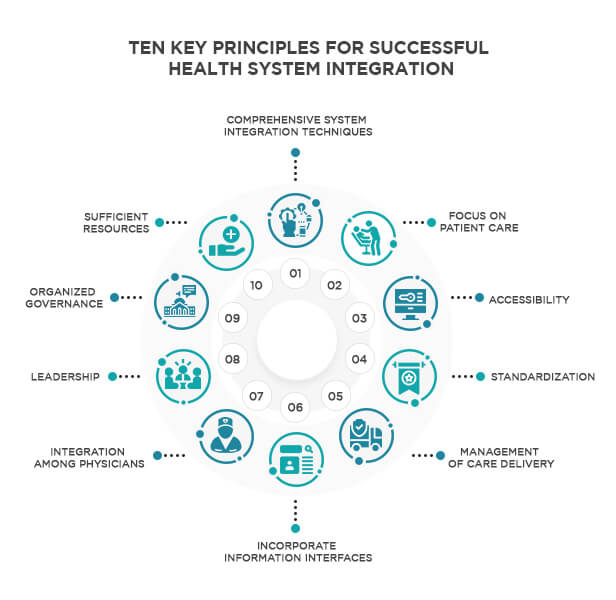
1. Comprehensive system integration techniques: Hospital integration must ensure cooperation between health and social care networks. There should be access to electronic systems integration at multiple points to access clinical informatics. Integrated health solutions need to have a system integration strategy. It must emphasize the best practices for system integration approaches such as health promotion, medical integrated services, and to integrated health systems.
2. Focus on patient care: One of the main characteristics of an integrated delivery system is to ensure the delivery of high-quality care to the patients. Healthcare providers should practice systems integration such that patients have reduced waiting times and are reminded of appointment schedules. This also enables efficient population health management.
3. Accessibility: Integrated health solutions need to consist of medical integration services that are accessible from various geographic locations. Patients in different areas must be able to access the levels of integrated care, as per requirement.
4. Standardization: System integration strategy incorporated in integrated health solutions must be as per HIPAA standards. The same standard should be followed by all the teams across the care continuum.
5. Management of care delivery: Integrated health solutions allow collaboration and communication between different healthcare providers and vendors. While implementing integrated healthcare solutions, ensure that your staff and the parties involved are committed to providing the best healthcare.
6. Incorporate information interfaces: Integrated health solutions must have up-to-date information systems to collect data and track and report activities. An updated database would streamline communication and workflow in integrated care systems.
7. Leadership: Achieving success in employing integrated health solutions depends upon the efficacy of leadership. Leadership across the organization must be strong that promotes a cohesive culture and practice management solutions.
8. Integration among physicians: Medical records management can be promoted when physicians work collaboratively. A collaborative care framework integrating physicians will result in successful patient engagement systems supporting integrated care management.
9. Organized governance: Organization structures coming together for providing integrated health solutions must have coordination across all levels of care. They must have strong governance and good communication.
10. Sufficient resources: Implementing integrated health solutions requires adequate planning of finances. If you require funding, then it must be discussed across the network of healthcare professionals.
Conclusion
Integrated health solutions play a crucial role in enhancing the care provided by hospitals and other health institutions. It also stimulates patient engagement and health management. Successful implementation of integrated health solutions requires prior strategic planning. These ten key strategies will help you achieve your goals and make your journey in EHR integration smooth.
Reference:
https://healthcare-communications.imedpub.com/integrated-delivery-systems-idss-as-a-means-of-reducing-costs-and-improving-healthcare-delivery.php?aid=21713
https://mobisoftinfotech.com/resources/blog/ehr-integration-needs-and-benefits/
https://healthcare.pilotfishtechnology.com/newsevents/
https://healthcare.pilotfishtechnology.com/healthcare-integration-case-studies/
https://www.devteam.space/blog/how-to-build-a-healthcare-integration-platform/
https://www.carecloud.com/continuum/electronic-health-record-ehr-implementation-guide/
https://catalyst.nejm.org/doi/full/10.1056/CAT.18.0268
https://datica.com/blog/hl7-integration-challenges-and-how-to-solve-them
OSP is a trusted software development company that delivers bespoke solutions as per your business needs. Connect with us to hire the best talents in the industry to build enterprise-grade software.

How can we help?
Fill out the short form below or call us at (888) 846-5382
Looking for software solutions to build your product?
Let's discuss your software solutions for your product in our free development acceleration call!
Get In Touch arrow_forwardDiscuss Your Project Handover with a team of expert Book a free consultation arrow_forward
About Author

Written by Riken Shah linkedin
Riken's work motto is to help healthcare providers use technological advancements to make healthcare easily accessible to all stakeholders, from providers to patients. Under his leadership and guidance, OSP Labs has successfully developed over 600 customized software solutions for 200+ healthcare clients across continents.

















